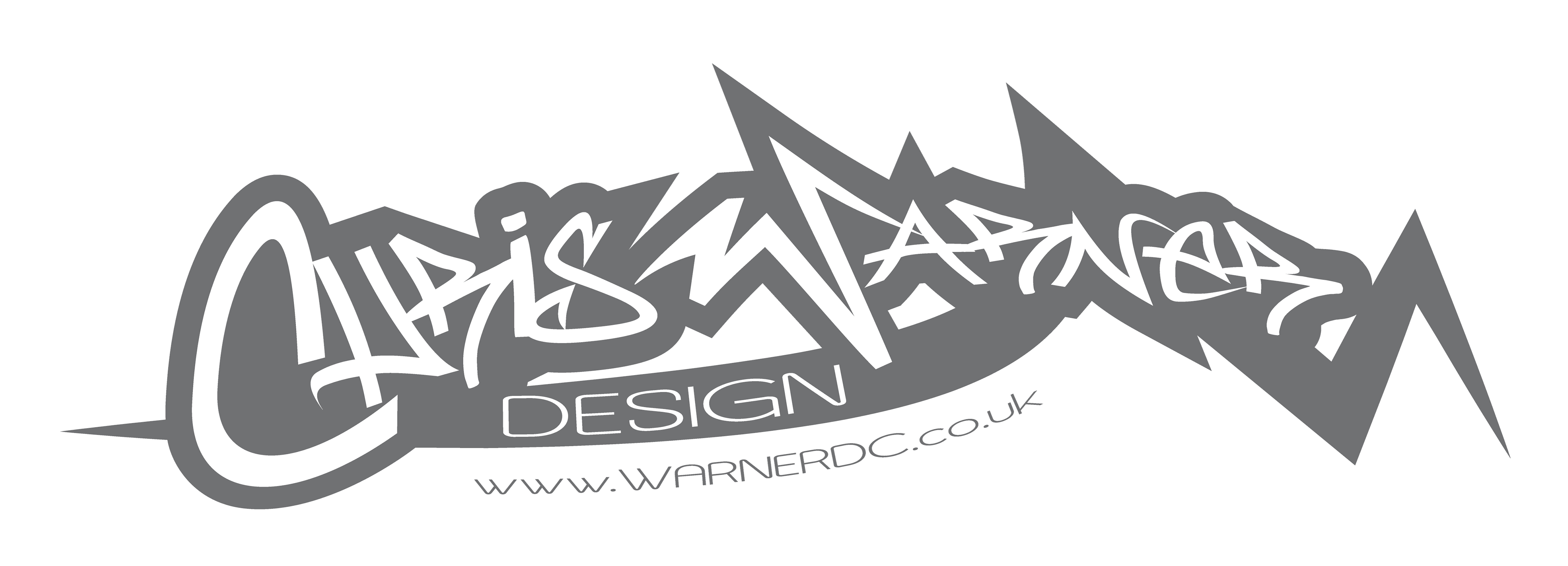Initially, we take a look at what may or may not have worked on the livery from previous seasons and try to implement those changes in the design process. These can be colours, materials and finish details such as matt or gloss detailing etc.
From this point the process begins with applying the sponsor and partner brands on to the 3D model and laying down some initial colours, striping and detailing using a variety of Mac based design packages. One of the hardest parts of the process is ensuring partner branding legibility whilst maintaining a coherent and exciting design. We also have to think about the application of the design, or elements of, on to the trucks, hospitality, service area and the drivers race wear.
From this point the process begins with applying the sponsor and partner brands on to the 3D model and laying down some initial colours, striping and detailing using a variety of Mac based design packages. One of the hardest parts of the process is ensuring partner branding legibility whilst maintaining a coherent and exciting design. We also have to think about the application of the design, or elements of, on to the trucks, hospitality, service area and the drivers race wear.
Although the livery is designed in a 2D environment using orthographic views of the car it is only until the design is applied to the 3D model that you can get a real feel for how the design flows and looks from different angles. Sometimes what looks good in a 2D environment falls apart from certain angles or looses the flow that you were looking for. A livery can take a different form from certain angles so it is very important to get a feel for these in a 3D environment.
Additionally, by working is a 3D space allows us to render the car in 'real world' environments. This is useful to see reflections and differences in how the light reflects off the different materials used. These visuals are used for the approval process with the team and partners as well as for marketing and launch materials.
Once a version of the livery has been designed and developed, a series of 3D renders (visuals) of the car are created from different camera angles and those are then discussed with the team. Changes are made to the design (sometimes major, sometimes minor) and the visual and discussion process is repeated.
In total, 11 versions of the livery were produced for the Marklund car in a process that took about 3 months to complete.
Once a version of the livery has been designed and developed, a series of 3D renders (visuals) of the car are created from different camera angles and those are then discussed with the team. Changes are made to the design (sometimes major, sometimes minor) and the visual and discussion process is repeated.
In total, 11 versions of the livery were produced for the Marklund car in a process that took about 3 months to complete.
The 2020 GCK Bilstein Renault Megane RS RX of Anton Marklund
As you can see the livery is an evolution of the 2019 one, with a mix of the Bilstein sponsor and Swedish colour palette but this time with the GCK colours of orange and black.
The files are then exported for the livery production which is usually printed on to vinyl. Vinyl is used and not paint due to the contact and damage sustained during the rallycross weekend. A spec sheet is supplied to the team with notes detailing sponsor/partner branding sizes, colour specs and finish notes plus a selection of high resolution visuals of the car to aid the production and application of the livery that ensures accuracy and repeatability during the season.
The files are then exported for the livery production which is usually printed on to vinyl. Vinyl is used and not paint due to the contact and damage sustained during the rallycross weekend. A spec sheet is supplied to the team with notes detailing sponsor/partner branding sizes, colour specs and finish notes plus a selection of high resolution visuals of the car to aid the production and application of the livery that ensures accuracy and repeatability during the season.
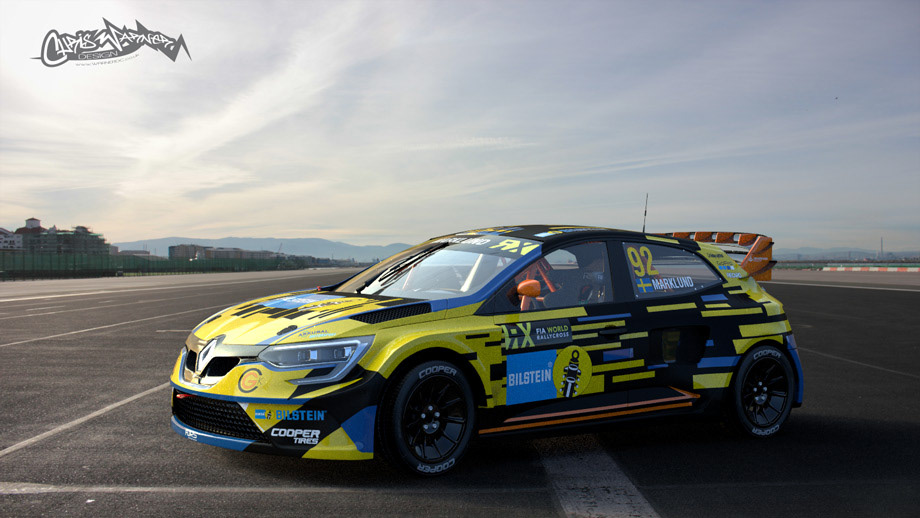
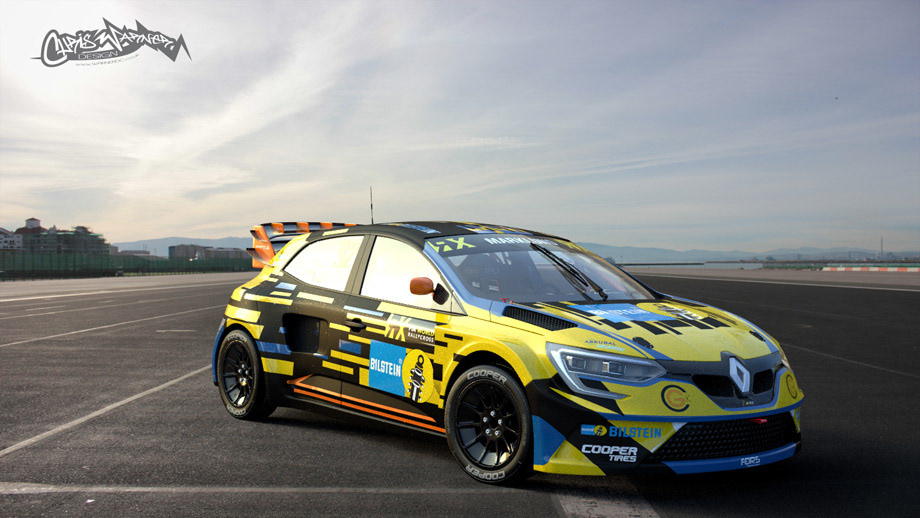
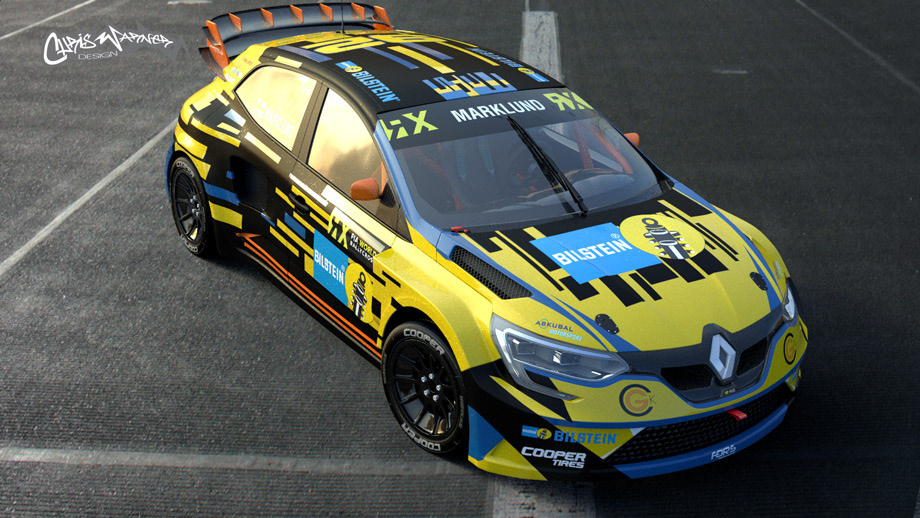
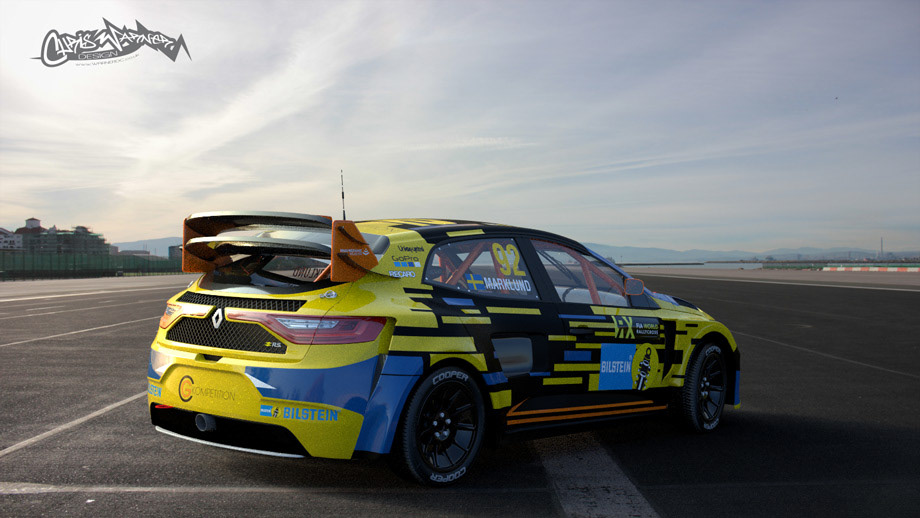


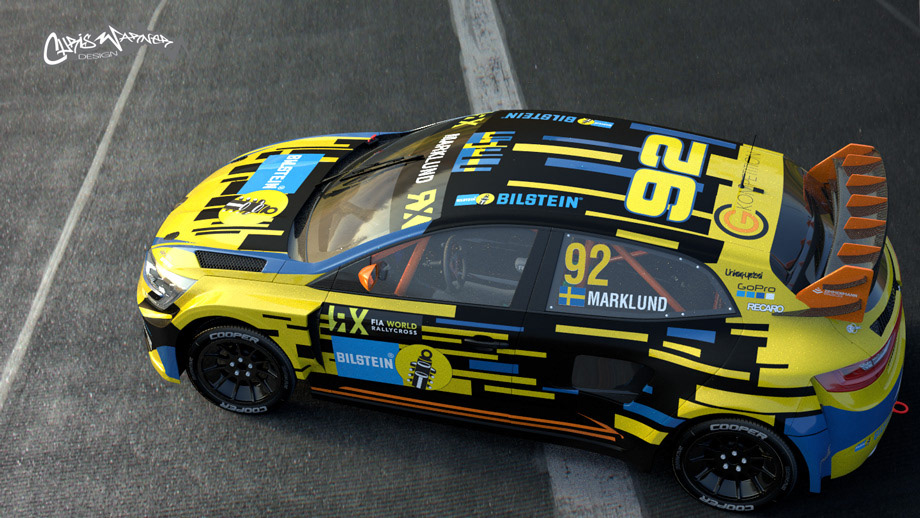
Our Livery Design Process
See the car in action
